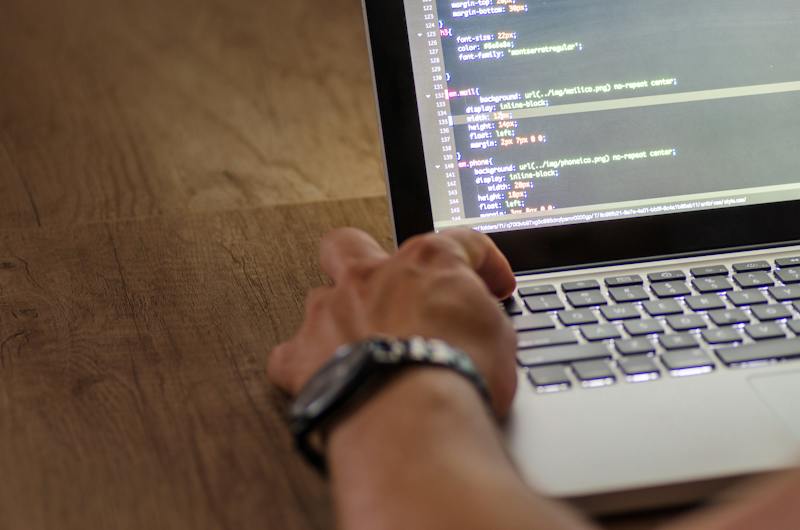
WordPress is a popular content management system (CMS) that powers millions of websites on the internet. Whether you’re a beginner looking to learn WordPress development or a seasoned developer, setting up a proper development environment is essential for building and testing WordPress websites. In this guide, we’ll walk you through the steps to set up a WordPress development environment from scratch.
Setting Up Local Development Environment
The first step in setting up a WordPress development environment is to create a local development environment on your computer. This allows you to test and modify your WordPress site without affecting the live site.
One of the most popular tools for creating local development environments is MAMP (Mac, Apache, MySQL, PHP) for Mac users and WAMP (Windows, Apache, MySQL, PHP) for Windows users. These tools install a local server environment on your computer, including Apache web server, MySQL database, and PHP scripting language.
To install MAMP or WAMP, simply download the software from their respective websites and follow the installation instructions. Once installed, you can start and stop the server environment with a click of a button.
Installing WordPress
With your local development environment set up, the next step is to install WordPress. You can download the latest version of WordPress from the official Website and unzip the files into the document root of your local server environment (e.g., htdocs folder for MAMP or www folder for WAMP).
After the files are in place, you can create a new MySQL database for your WordPress installation using the phpMyAdmin tool that comes with MAMP or WAMP. Then, you’ll need to update the wp-config.php file with the database connection details.
Customizing Your Development Environment
Once WordPress is installed, you can start customizing your development environment to fit your needs. This may include installing code editors like Visual Studio Code or PhpStorm, setting up version control with Git, and installing additional tools and plugins for WordPress development.
Conclusion
Setting up a WordPress development environment is an important step for anyone looking to build or modify WordPress websites. With the right tools and resources, you can create a local development environment that allows you to test and experiment with WordPress without affecting the live site.
FAQs
Q: Can I use other local development tools instead of MAMP or WAMP?
A: Yes, there are many other local development tools available, such as XAMPP, DesktopServer, and Local by Flywheel.
Q: Do I need to have coding experience to set up a WordPress development environment?
A: While coding experience is helpful, you can follow step-by-step guides and tutorials to set up a WordPress development environment even as a beginner.
Q: Can I use a remote server for WordPress development instead of a local environment?
A: Yes, you can use remote servers or cloud-based development environments for WordPress development, but setting up a local environment is often faster and more convenient for testing and experimentation.





